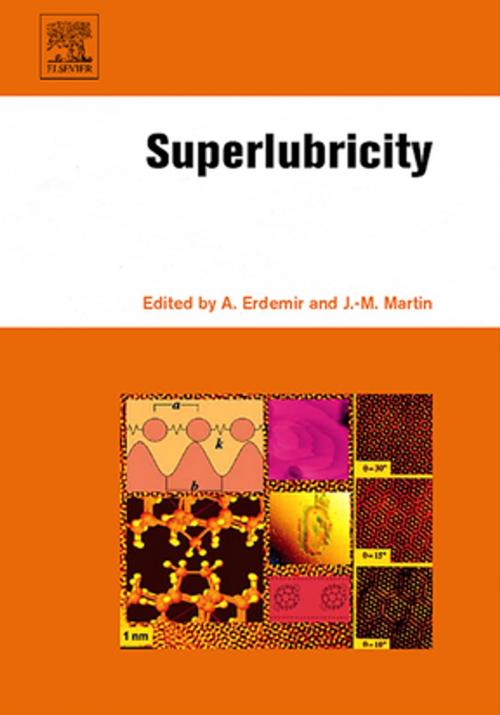| Author: | ISBN: | 9780080525303 | |
| Publisher: | Elsevier Science | Publication: | March 30, 2007 |
| Imprint: | Elsevier Science | Language: | English |
| Author: | |
| ISBN: | 9780080525303 |
| Publisher: | Elsevier Science |
| Publication: | March 30, 2007 |
| Imprint: | Elsevier Science |
| Language: | English |
Superlubricity is defined as a sliding regime in which friction or resistance to sliding vanishes. It has been shown that energy can be conserved by further reducing/removing friction in moving mechanical systems and this book includes contributions from world-renowned scientists who address some of the most fundamental research issues in overcoming friction. Superlubricity reviews the latest methods and materials in this area of research that are aimed at removing friction in nano-to-micro scale machines and large scale engineering components. Insight is also given into the atomic-scale origins of friction in general and superlubricity while other chapters focus on experimental and practical aspects or impacts of superlubricity that will be very useful for broader industrial community.
* Reviews the latest fundamental research in superlubricity today
* Presents 'state-of-the-art' methods, materials, and experimental techniques
* Latest developments in tribomaterials, coatings, and lubricants providing superlubricity
Superlubricity is defined as a sliding regime in which friction or resistance to sliding vanishes. It has been shown that energy can be conserved by further reducing/removing friction in moving mechanical systems and this book includes contributions from world-renowned scientists who address some of the most fundamental research issues in overcoming friction. Superlubricity reviews the latest methods and materials in this area of research that are aimed at removing friction in nano-to-micro scale machines and large scale engineering components. Insight is also given into the atomic-scale origins of friction in general and superlubricity while other chapters focus on experimental and practical aspects or impacts of superlubricity that will be very useful for broader industrial community.
* Reviews the latest fundamental research in superlubricity today
* Presents 'state-of-the-art' methods, materials, and experimental techniques
* Latest developments in tribomaterials, coatings, and lubricants providing superlubricity















